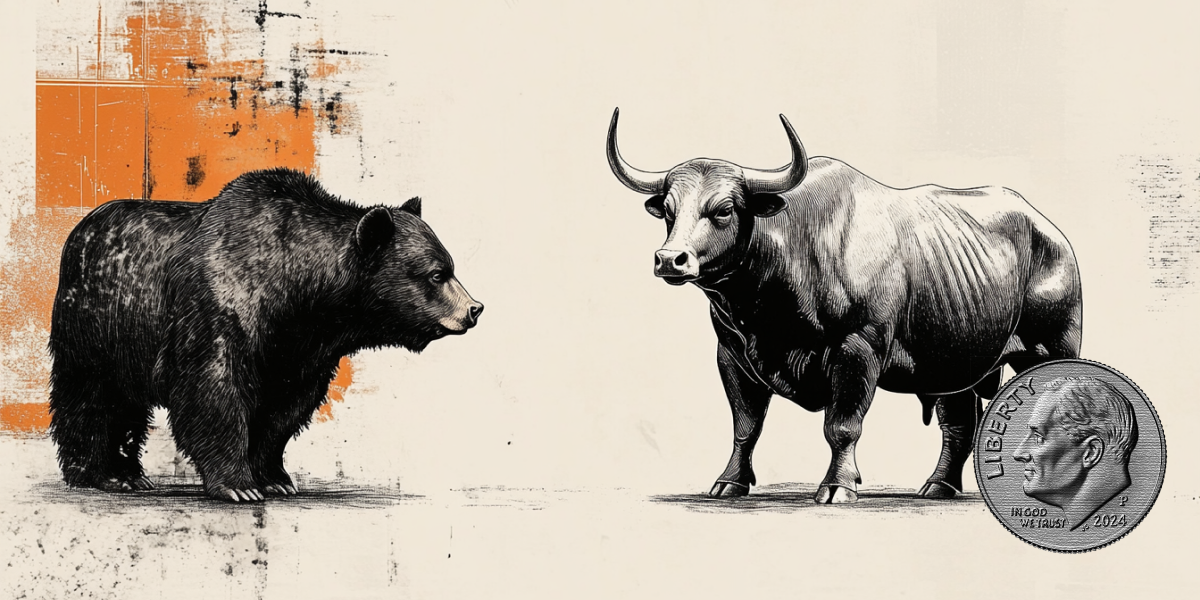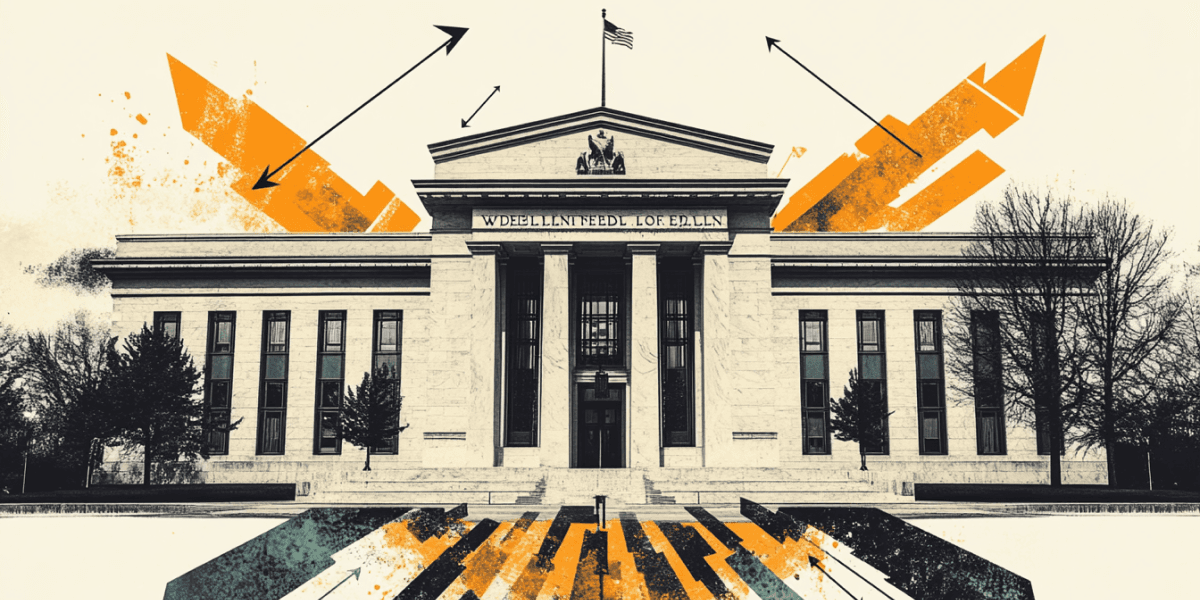USD/CAD holds steady above 1.4250 on tariff and election uncertainty
- USD/CAD trades on a flat note around 1.4275 in Tuesday’s late American session.
- Concerns over US tariffs and the upcoming Canadian election could weigh on the Loonie.
- Higher Crude Oil prices could help limit the CAD’s losses.

The USD/CAD pair flat lines around 1.4275 during the late American session on Tuesday. The Canadian Dollar (CAD) pares gains against the US Dollar (USD) amid uncertainty around the Canadian general election and expected new US trade tariffs on April 2.
With Canadian elections approaching, the ruling Liberal Party and the official opposition Conservatives were effectively tied in polls conducted just before the campaign started on Sunday.
Analysts from Bannockburn Global Forex noted the impact of the election outcome and potential US tariffs, particularly after US President Donald Trump signaled that automobile tariffs are coming soon, while hinting that not all of his threatened levies would be imposed on April 2 and some countries may get breaks. Tariff and election uncertainty are likely to undermine the CAD in the near term.
On the other hand, a rise in Crude Oil prices might lift the commodity-linked Loonie and act as a headwind for USD/CAD. It’s worth noting that Canada is the largest oil exporter to the United States (US), and higher crude oil prices tend to have a positive impact on the CAD value.
On the USD’s front, speculation of an economic slowdown in the US economy could drag the Greenback lower. “The narrative seems to be shifting more toward the fact that tariffs are going to impact growth more than inflation,” said Vinny Bleau, director of fixed-income capital markets at Raymond James in Memphis, Tennessee.
Canadian Dollar FAQs
The key factors driving the Canadian Dollar (CAD) are the level of interest rates set by the Bank of Canada (BoC), the price of Oil, Canada’s largest export, the health of its economy, inflation and the Trade Balance, which is the difference between the value of Canada’s exports versus its imports. Other factors include market sentiment – whether investors are taking on more risky assets (risk-on) or seeking safe-havens (risk-off) – with risk-on being CAD-positive. As its largest trading partner, the health of the US economy is also a key factor influencing the Canadian Dollar.
The Bank of Canada (BoC) has a significant influence on the Canadian Dollar by setting the level of interest rates that banks can lend to one another. This influences the level of interest rates for everyone. The main goal of the BoC is to maintain inflation at 1-3% by adjusting interest rates up or down. Relatively higher interest rates tend to be positive for the CAD. The Bank of Canada can also use quantitative easing and tightening to influence credit conditions, with the former CAD-negative and the latter CAD-positive.
The price of Oil is a key factor impacting the value of the Canadian Dollar. Petroleum is Canada’s biggest export, so Oil price tends to have an immediate impact on the CAD value. Generally, if Oil price rises CAD also goes up, as aggregate demand for the currency increases. The opposite is the case if the price of Oil falls. Higher Oil prices also tend to result in a greater likelihood of a positive Trade Balance, which is also supportive of the CAD.
While inflation had always traditionally been thought of as a negative factor for a currency since it lowers the value of money, the opposite has actually been the case in modern times with the relaxation of cross-border capital controls. Higher inflation tends to lead central banks to put up interest rates which attracts more capital inflows from global investors seeking a lucrative place to keep their money. This increases demand for the local currency, which in Canada’s case is the Canadian Dollar.
Macroeconomic data releases gauge the health of the economy and can have an impact on the Canadian Dollar. Indicators such as GDP, Manufacturing and Services PMIs, employment, and consumer sentiment surveys can all influence the direction of the CAD. A strong economy is good for the Canadian Dollar. Not only does it attract more foreign investment but it may encourage the Bank of Canada to put up interest rates, leading to a stronger currency. If economic data is weak, however, the CAD is likely to fall.
Author

Lallalit Srijandorn
FXStreet
Lallalit Srijandorn is a Parisian at heart. She has lived in France since 2019 and now becomes a digital entrepreneur based in Paris and Bangkok.
















